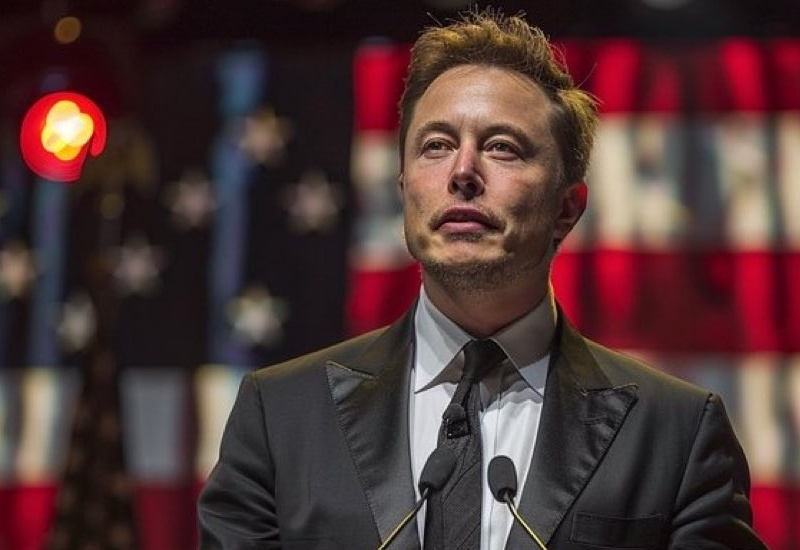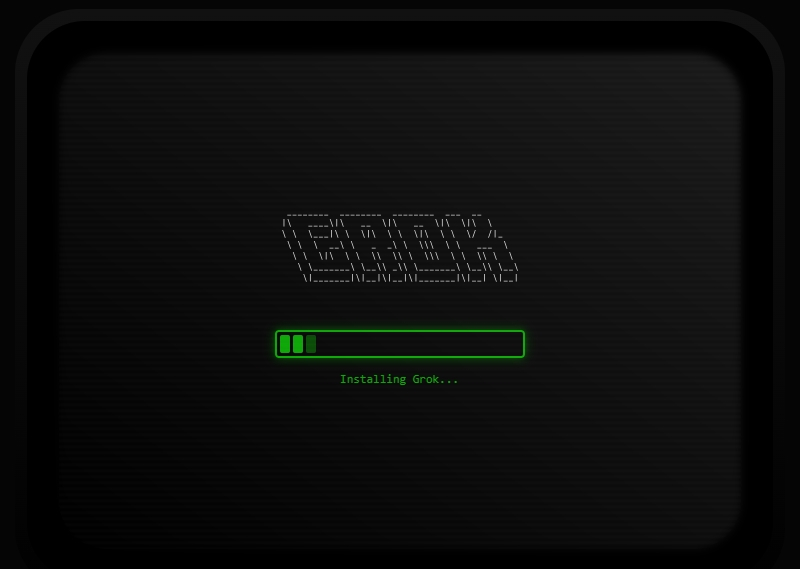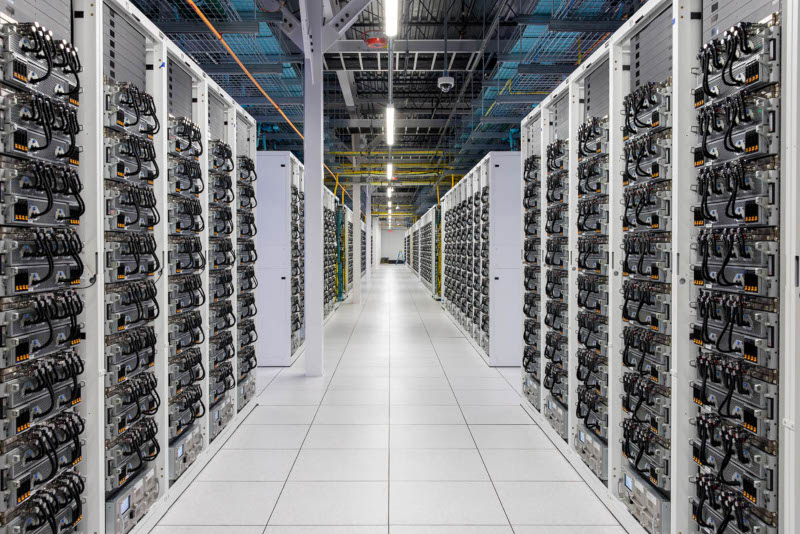All this year, Elon Musk has been putting a lot of effort into maximizing the development of his artificial intelligence startup xAI. Now he has to turn it into a real business, and this will not be easy.

Image Source: Elon Musk/X
Musk founded xAI last summer in an attempt to catch up with AI bot developer ChatGPT, the company he co-founded and left in 2018, OpenAI. To work at xAI, Musk tried to lure talented specialists from across the industry. He also organized contractors to build the new data center as quickly as possible. Now Musk has promised that the data center launched earlier this year in Memphis will help xAI launch the world’s most powerful AI “by all measures” by December.
Investors believed in the billionaire’s new startup, or at least trusted his experience. The company has attracted at least $11 billion in investments, thanks to which xAI’s market value has grown to $50 billion. According to this indicator, the startup has become the world’s second private developer in the field of AI, second only to OpenAI.
However, as a profit-generating enterprise, xAI is hardly comparable to OpenAI at this stage. The startup told investors that the company’s revenue will only exceed $100 million a year, while OpenAI expects to receive about $4 billion this year. The bulk of xAI’s income comes from Musk’s own companies. The startup’s main product, the uninhibited AI bot Grok, is available to paid subscribers of the social network X, also owned by the billionaire. According to the source, xAI is developing neural network-based support functions for Starlink clients of SpaceX, another of the billionaire’s ventures. The startup has also discussed a deal with Tesla, under which xAI would receive a portion of the automaker’s revenue in exchange for providing access to its technology and resources.
Now xAI is just trying to find its feet. Earlier this month, the company released a paid tool that allows developers to create software products using Grok and offered discounts as an incentive to use it. According to knowledgeable sources, the startup could launch a separate Grok application for consumers as early as next month, which will be an analogue of ChatGPT.

Image source: xAI
However, xAI is a late starter in a highly competitive market. OpenAI, Alphabet, Google, Meta✴ Platforms and Anthropic have already released chatbots that have been available to consumers and commercial clients since last year. The products of the companies mentioned are more famous and popular than Grok, and xAI will have to work hard to try to change that. “xAI has done a great job of quickly building out its infrastructure, team and operations. But they are still making their way into the market,” said Jesse Michael Han, founder of Morph Lab, a cloud infrastructure company for AI.
During presentations to potential employees and investors, Musk’s team mentioned two advantages in the race to create the most powerful AI. The first advantage is the availability of exclusive X and Tesla data, which is used to train xAI neural networks. The second advantage is the obsessive desire to build large data centers faster than competitors. The xAI Memphis data center was named Colossus and was built in just 122 days. Currently, it uses 100 thousand AI accelerators from Nvidia, which makes this site one of the largest clusters for the development and launch of AI technologies in the world. According to the source, the company plans to use part of the $5 billion raised in a recent funding round to double the number of accelerators used in Colossus. This is being done to attract even greater investment next year.
After ChatGPT, launched at the end of 2022, quickly gained popularity, Musk closed OpenAI’s access to X data. The billionaire later announced his intention to create a less politically correct AI, which he then called TruthGPT. In July 2023, the xAI company was organized, one of the leading developers of which was Igor Babushkin, an artificial intelligence specialist who previously worked at Google DeepMind and OpenAI. At the initial stage, xAI employees worked in the offices of X, Tesla and remotely.
To gain access to computing power, Musk turned to his longtime friend Larry Ellison, who heads Oracle. After that, xAI reserved a significant amount of Oracle GPUs and in November 2023 introduced the world to the Grok AI bot, which at that time was not as good as ChatGPT. Musk tried to solve this problem by increasing computing power. To do this, he turned to Nvidia so that the company would redirect xAI and X 12 thousand accelerators previously reserved for Tesla. He also increased pressure on Oracle to allocate more capacity to his company’s needs.

Image source: servethehome.com
This spring, the billionaire came to the conclusion that Oracle was not expanding its capacity quickly enough, after which he decided on the need to create his own data center. To do this, he chose a decommissioned manufacturing facility in Memphis, where construction began at a rapid pace. The contractors’ employees worked non-stop in three eight-hour shifts. It is noted that xAI did not plan the construction of this facility in advance. This process could take 7-8 months, but the company promptly resolved emerging problems, striving to complete construction as quickly as possible.
While xAI waited for city approval to use large amounts of energy, work continued, installing generators and other equipment at the site. Local residents were alarmed by the activity, and environmentalists tried to block the project. However, already in early September, Musk announced the launch of Colossus.
Despite achieving some success, Musk remains fixated on OpenAI. This year, he sued the company for allegedly violating its non-profit agreement and trying to dissuade investors from investing in xAI.